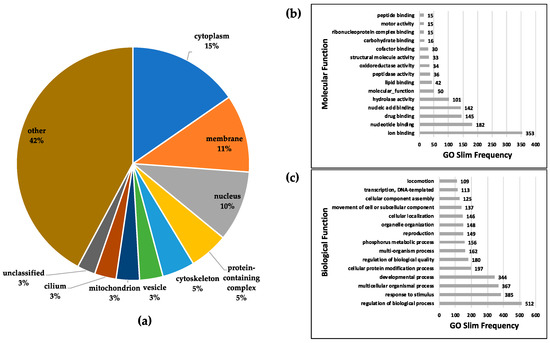
 中央研究院 生物化學研究所
中央研究院 生物化學研究所
Protein phosphorylation can induce signal transduction to change sperm motility patterns during sperm capacitation. However, changes in the phosphorylation of sperm proteins in mice are still incompletely understood. Here, capacitation-related phosphorylation in mouse sperms were firstly investigated by label-free quantitative (LFQ) phosphoproteomics coupled with bioinformatics analysis using ingenuity pathway analysis (IPA) methods such as canonical pathway, upstream regulator, and network analysis. Among 1632 phosphopeptides identified at serine, threonine, and tyrosine residues, 1050 novel phosphosites, corresponding to 402 proteins, were reported. Gene heatmaps for IPA canonical pathways showed a novel role for GSK-3 in GP6 signaling pathways associated with capacitation for 60 min. At the same time, the reduction of the abundant isoform-specific GSK-3α expression was shown by western blot (WB) while the LFQ pY of this isoform slightly decreased and then increased. The combined results from WB and LFQ methods explain the less inhibitory phosphorylation of GSK-3α during capacitation and also support the predicted increases in its activity. In addition, pAKAP4 increased at the Y156 site but decreased at the Y811 site in a capacitated state, even though IPA network analysis and WB analysis for overall pAKAP revealed upregulated trends. The potential roles of GSK-3 and AKAP4 in fertility are discussed.
